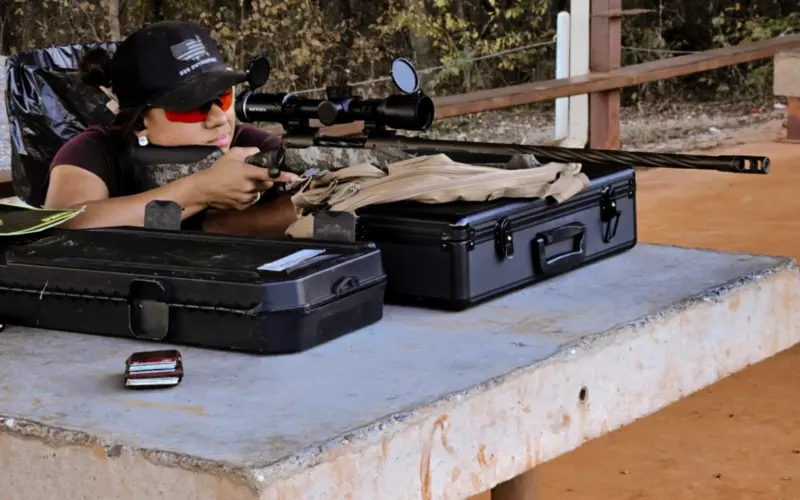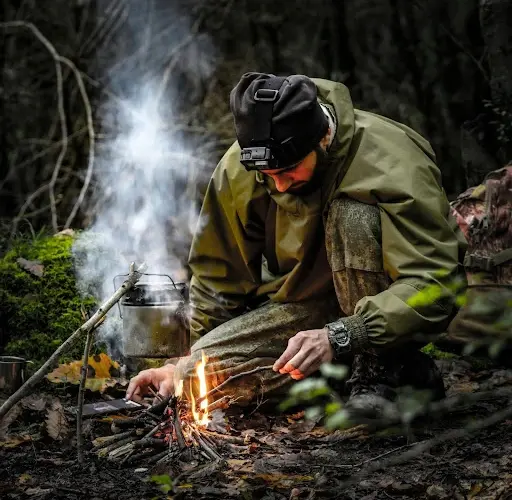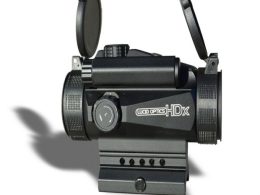I just got a new Savage 110 High Country 7mm PRC. When you get a new gun, you have to get used to the feeling, the trigger pull, etc. The shooting mechanics are the same but every gun shoots differently and there is some initial set up. Preparing a new rifle for deer season is essential to ensure that it performs accurately and reliably in the field. Proper preparation can make a significant difference in your hunting experience and harvest success, providing you with confidence and peace of mind when taking your shot. By following a few essential steps, you can be sure your rifle is ready to meet the demands of deer gun season.
Table of Contents
Selecting the Right Rifle and Ammunition
Choosing a suitable rifle for deer hunting is one of the first and most important decisions a hunter must make. Selecting the right combination of rifle and ammunition ensures both comfort and effectiveness in the field. Selecting the appropriate caliber involves finding a balance between stopping power, recoil, and shooting distance. Popular choices for deer hunting include calibers such as 6.5, .270, .308, and .30-06. These calibers offer effective power and are widely available, making them excellent options for hunters. Each caliber offers unique advantages based on the hunter’s preferences and the specific hunting environment, so it’s worth testing a few options to see which feels best, if you can.
- Types of Rifle Actions
The rifle action type also plays a crucial role in hunting style and convenience. Common action types for deer hunting include bolt-action, semi-automatic, and lever-action rifles:- Bolt-Action rifles are reliable, simple, and often preferred for their accuracy and durability. Many hunters appreciate bolt-action for its smooth operation and control over each shot, making it a popular choice.
- Semi-Automatic rifles allow for faster follow-up shots without manually cycling the bolt, which can be beneficial in quick-shot scenarios.
- Lever-Action rifles offer a nostalgic and traditional experience and are easy to operate in rugged conditions.
Choosing the right ammunition is just as important as selecting the rifle itself, especially for beginners. Growing up I thought, “ammo is ammo,” but there is a lot more to it. The type of bullet, its weight, and ballistics at distance. There are several types of bullets to consider, each designed for specific purposes. For deer hunting, soft point bullets are a popular choice due to their ability to expand upon impact, creating a clean, effective shot. Ballistic tip bullets are also a great option, designed for higher velocity and more precise expansion.
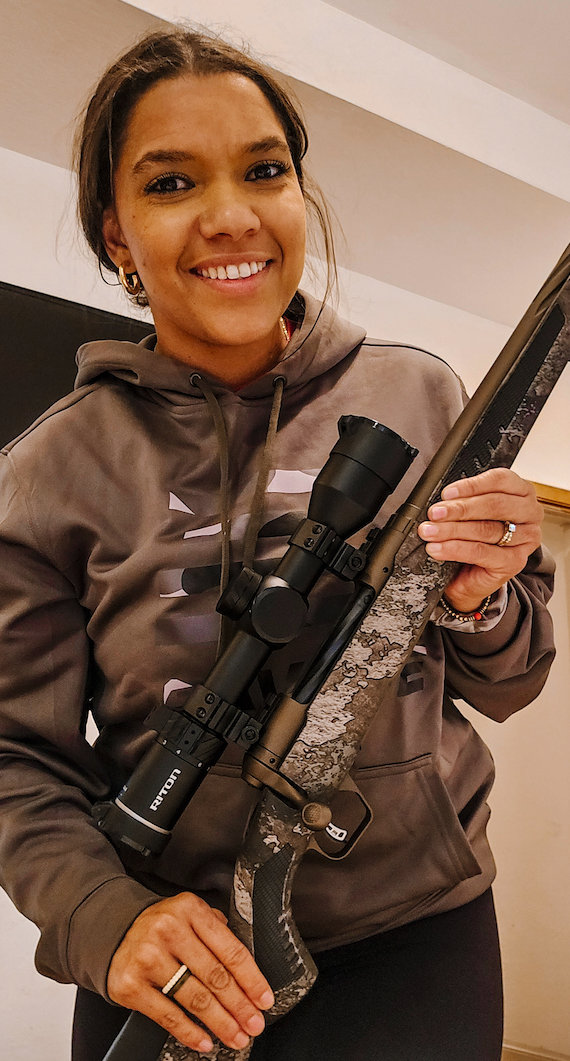
They’re ideal for longer-range shots, as they maintain trajectory over distance.
Bullet weight is another key factor, measured in grains. Lighter bullets (e.g., 130 grains) can travel faster and are often preferred for open terrain with longer shots. Heavier bullets (e.g., 150 to 180 grains) carry more energy, making them ideal for closer-range shots or heavily wooded areas where you might need to stop a deer quickly. For me, I tend to hunt with a heavier grain. For my 7mm PRC this season I’m shooting Hornady Precision Hunter 178 grain.
For beginners, understanding these aspects of ammunition selection can make a noticeable difference in your hunting experience, giving you greater control and confidence in the field. It is overwhelming at first, so don’t try to become a sharpshooter tomorrow. Just start with the basics, a little research up front goes a long way. Be sure to read the ballistic on the back of the ammo box when setting your zero. Understanding what adjustments need to be made at specific distances can make the difference between a kill, wound or missed shot.
Initial Inspection and Cleaning
Before taking your new rifle into the field, it’s important to conduct a thorough inspection and cleaning. This initial step helps ensure that everything is in working order and removes any residues or debris that may interfere with performance.
Start by examining the rifle carefully, as minor issues or manufacturing defects can impact its accuracy and safety. Check the barrel and bore for any obstructions or rough patches. A clean, clear barrel is essential for proper bullet trajectory and accuracy. Next, inspect the stock and action, making sure there are no visible cracks, loose fittings, or other signs of damage. A secure, stable stock provides better handling and accuracy, while the action should function smoothly without any sticking or resistance. Guns are teste fired and should function correctly, but it never hurts to double check.
Most rifles come with a light coating of oil or grease from the factory to prevent rust and wear during storage. However, it’s best to clean the rifle before its first use to ensure all factory residues are removed. Start by cleaning the barrel with a quality solvent and cleaning rod to remove any oils, grease, or particles. This helps to prevent any interference with bullet trajectory and accuracy. After cleaning, apply a light layer of lubricant, CLP, to moving parts such as the bolt and action. Be careful not to over-lubricate, as excess oil can attract dirt and debris, which may cause malfunctions.
Mounting Optics
Depending on the rifle some don’t come with a scope already mounted. Rifle scopes allow for more accurately placed shoots. So proper mounting and alignment are equally important to ensure reliable performance in the field. You may also need to purchase a rail for mounting. The rifle will come “optic ready” meaning it has predrilled holes for the rail to screw into. Next, you will need to get scope rings to fit your rail and the scope diameter.
Selecting the Right Scope or Sight
When choosing a scope or sight, consider your hunting environment. For example, hunting in dense forests or brush may only require low magnification, as visibility distances are shorter. On the other hand, open fields or wide landscapes benefit from higher magnification for long-range accuracy. Additionally, prioritize quality and durability; a well-made scope can withstand the rough handling of the outdoors and hold its zero through recoil and other impacts. I’m currently using Riton Optics 5 Primal 2-12x44IR
Properly Mounting the Scope
Once you’ve chosen the right scope, mount it with care to avoid alignment issues. Start by using high-quality rings and bases compatible with your rifle and scope. Quality rings and bases help maintain stability and prevent the scope from shifting under recoil. Next, level the scope accurately to ensure it is aligned properly with the rifle, reducing the risk of shooting errors due to an off-kilter sight picture and tighten into place.
Bore Sighting the Rifle
Using a bore sight is a game changer, literally after bore sighting my 7mm PRC, it took less than 10 shots to get my perfect zero at 50yd and 100 yards. Bore sighting and zeroing are two key steps that can make your rifle setup efficient and effective for deer season. Bore sighting, which aligns the scope with the rifle’s bore, helps get you “on paper” at a close range, making it quicker and easier to zero in accurately with less wasted ammunition. Bore sighting can be done manually by aligning the scope with a laser bore sighter, which projects a dot onto your target. You can then align the reticle to the laser on the target.
Once bore-sighted, zeroing your rifle ensures precision at a set distance. Choose a zero distance, such as 100 or 200 yards, based on your typical hunting terrain. At the range, set up with safety gear and a stable shooting rest or bench. Begin by firing an initial group of shots to assess where they land relative to your point of aim, then adjust your scope accordingly, typically using 1/4-inch adjustments per click at 100 yards. Continue firing and making adjustments until the point of impact consistently aligns with your target.
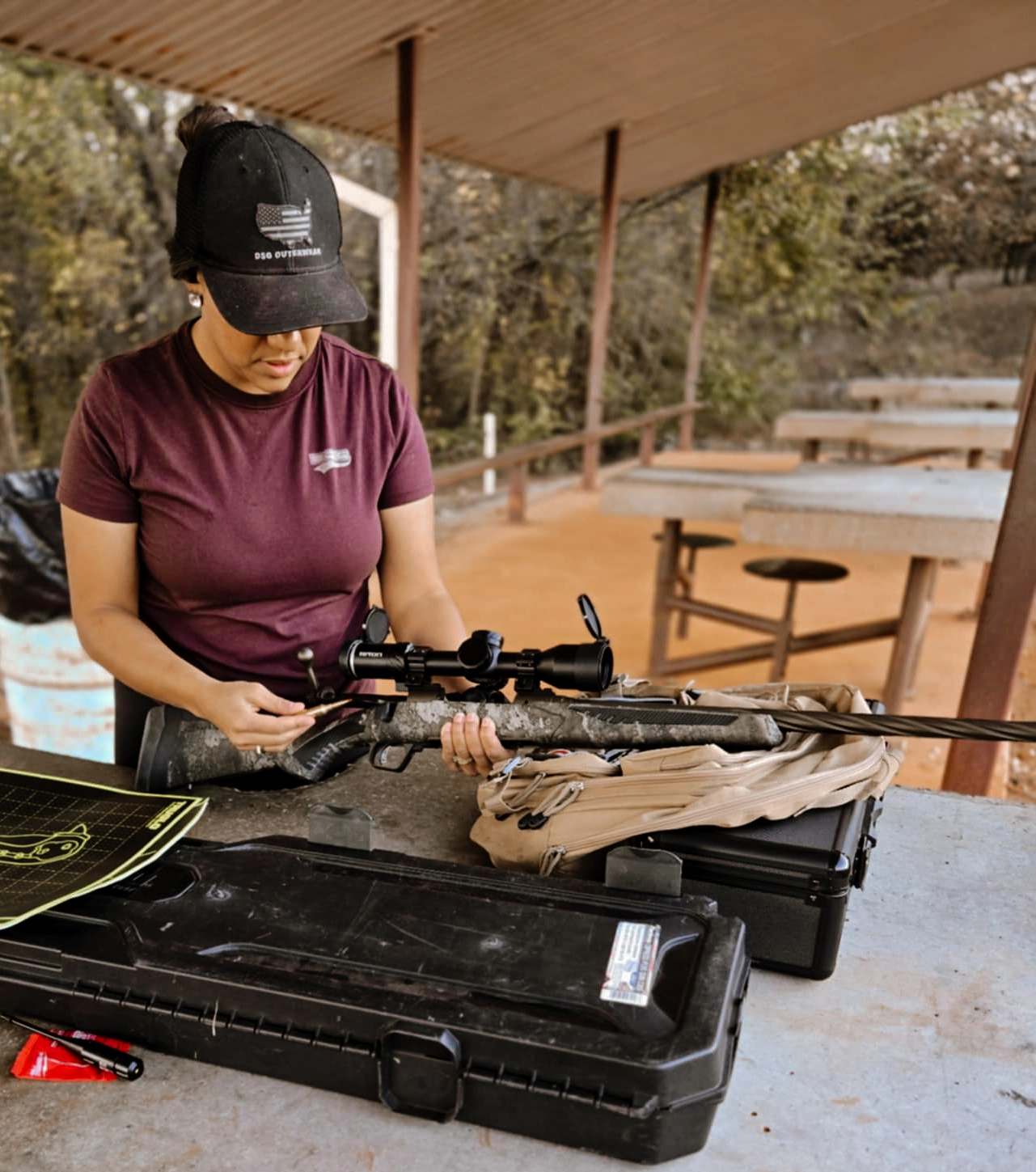
Rifle Maintenance and Care
Regular cleaning is key; after each range session, cleaning removes powder residue and debris from the bore, maintaining its integrity, while a quick clean after each hunt during the season wipes away moisture or dirt from the field. Before each outing, inspect the rifle for loose screws, particularly around the stock, action, and optics mounts, as vibrations from firing can loosen them. Also, ensure the barrel is unobstructed by dirt, debris, or moisture, as an obstruction can lead to dangerous pressure buildup.
Protecting your rifle from the elements further extends its lifespan. Apply a light protective oil or coating to metal parts to guard against rust, and for wood stocks, a suitable wax or finish protects against water damage. Store your rifle in a cool, dry place—ideally in a gun safe with a dehumidifier if you’re in a humid climate, and transport it in a quality gun case to prevent physical damage. By establishing this regular care routine, you protect your investment, boost reliability, and build confidence in your gear, setting yourself up for a successful and safe deer season.
FIREARM SAFETY RULES
Always remember your firearm safety rules!
- Treat every firearm as if it’s loaded
- Never point your firearm at something you don’t intend to shoot
- Keep the muzzle pointed in a safe direction
- Keep your finger off the trigger until ready to shoot
- Know of your target and what’s beyond it

